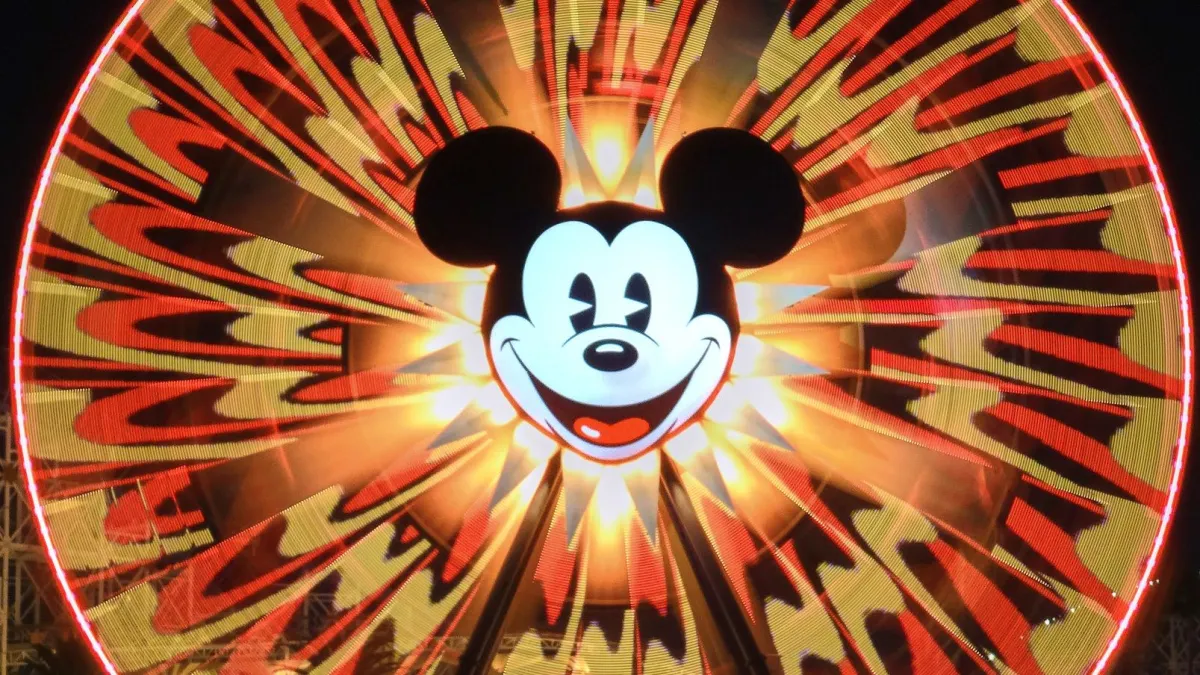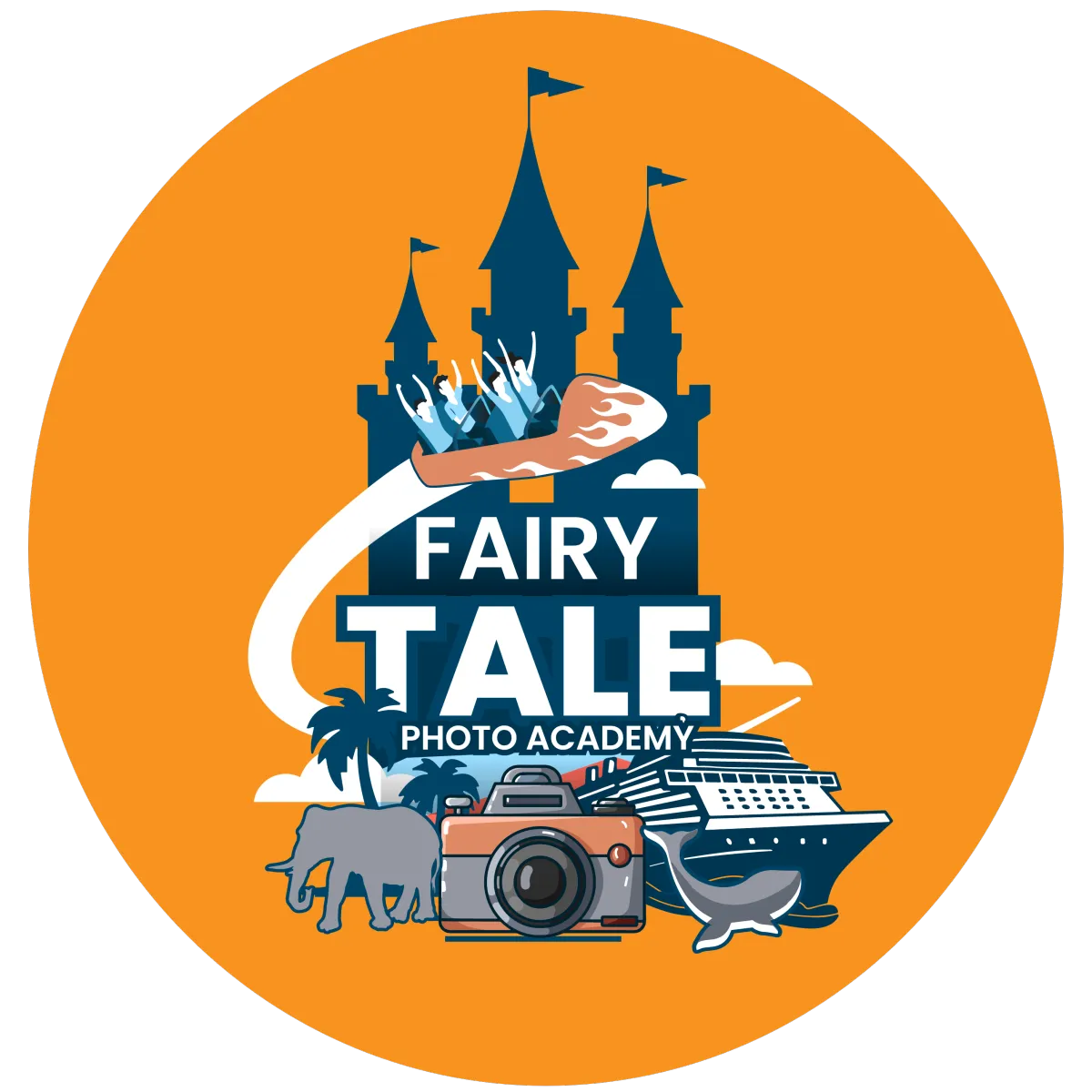
Turn Motion Into Art: Slow Shutter Photography in Theme Parks
Theme parks are full of energy, color, and movement. While a quick shutter speed will freeze a moment in time, a slow shutter can turn that same scene into something surreal, capturing motion in a way the human eye simply can’t. By using long exposure techniques, you can transform the whirling lights of a Ferris wheel, the rush of a roller coaster, or even the flow of a crowd into an artistic blur that tells a deeper story. It's almost as if you're turning light into a paint brush across your photo.
One of my favorite examples of this technique is a shot I took of the Ferris wheel at Disney California Adventure. The cover photo of this article captures the mesmerizing blur created by the lights on the wheel, showcasing Mickey’s face at the center while streaks of color spin outward. This effect wasn’t visible to my naked eye—it was created using a four-second shutter speed. Over those four seconds, the Ferris wheel rotated, and the animation on the arms of the wheel dragged light across the frame, blending motion into a hypnotic swirl of colors. The camera recorded the path of the light until the exposure ended, revealing something impossible to see in real-time.

How to Capture Motion Blur in Theme Parks
Creating these kinds of images requires a little planning and the right technique. Here are a few essential tips to help you get started:
1. Keep Your Camera Steady
For a long exposure to work, your camera must stay perfectly still while the shutter is open. The best tool for this is a tripod, but if you don’t have one, don’t worry—there are plenty of creative (and free) ways to stabilize your camera:
Lean your camera or phone against a stable surface like a railing or trash can.
Use a full cup as a base and rest your phone against it.
Bunch up a sweatshirt to create a makeshift camera rest.
2. Use a Countdown Timer or Remote Shutter Release
Pressing the shutter button can introduce unwanted camera movement. Use a 2- or 10-second countdown timer so the camera has time to settle before the exposure begins. If you have a remote shutter release or a Bluetooth camera app, those work even better.
3. Control Light With ND Filters (For Daytime Shots)
If you want to capture motion blur in bright daylight, an ND (Neutral Density) filter is essential. It acts like sunglasses for your lens, reducing the amount of light that enters so you can keep the shutter open longer without overexposing the image. This is great for blurring moving crowds, waterfalls, or spinning rides even when the sun is shining.
4. Experiment With Shutter Speeds
Different shutter speeds create different effects. Here are some good starting points:
1-2 seconds: Slight motion trails while keeping some details sharp.
4-6 seconds: Smooth, dreamy motion blur like my Ferris wheel shot.
10+ seconds: Extreme light trails and ghostly crowd effects.
5. Have Fun and Keep Experimenting!
Long exposure photography is all about trial and error. Try different shutter speeds, angles, and light conditions to see what works best. Theme parks are full of dynamic subjects, from glowing neon signs to spinning carousels—each offering a unique opportunity to turn motion into art. Be sure to keep some elements in the photo that don't move to anchor the elements that are in motion for your audience.
Want More Tips on Theme Park Photography?
If you’re excited to learn more about capturing magical vacation photos, I’ve put together a free eBook with my top photography tips! Download it now at FairyTalePhotoAcademy.com and start creating stunning, frame-worthy images on your next trip.
Happy shooting!

